Devote some time to internal leadership development

Many factors go into the success of a company. You’ve got to offer high-quality products or services, provide outstanding customer service, and manage your inventory or supply chain. But there’s at least one other success factor that many business owners often overlook: internal leadership training and development.
Even if all your executive and management positions are filled with seasoned leaders right now, there’s still a major benefit to continually training, coaching and mentoring employees for leadership responsibilities. After all, even someone who doesn’t work in management can champion a given initiative or project that brings in revenue or elevates the company’s public image.
Ideas to consider
Internal leadership development is practiced when owners and executives devote time to helping current managers as well as employees who might one day be promoted to positions of leadership.
To do this, shift your mindset from being only “the boss” to being someone who holds an important responsibility to share leadership knowledge with others. Here are a few tips to consider:
Contribute to performance development. Most employees’ performance reviews will reveal both strengths and weaknesses. Sit down with current and potential leaders and generously share your knowledge and experience to bolster strong points and shore up shortcomings.
Invite current and potential leaders to meetings. Give them the opportunity to participate in important meetings they might not otherwise attend, and solicit their input during these gatherings. This includes both internal meetings and interactions with external vendors, customers and prospects. Again, look to reinforce positive behaviors and offer guidance on areas of growth.
Introduce them to the wider community. Get current and potential leaders involved with an industry trade association or a local chamber of commerce. By meeting and networking with others in your industry, these individuals can get a broader perspective on the challenges that your company faces — as well as its opportunities.
Give them real decision-making authority. Probably not right away but, at some point, put a new leader to the test. Give them control of a project and then step back and observe the results. Don’t be afraid to let them fail if their decisions don’t pan out. This can help your most promising employees learn real-world lessons now that can prove invaluable in the future.
Benefits beyond
Dedicating some time and energy to internal leadership development can pay off in ways beyond having well-trained managers. You’ll likely boost retention by strengthening relationships with your best employees. Furthermore, you may discover potential problems and avail yourself of new ideas that, otherwise, may have never reached you. Our firm can provide further information and other ideas.
© 2018











